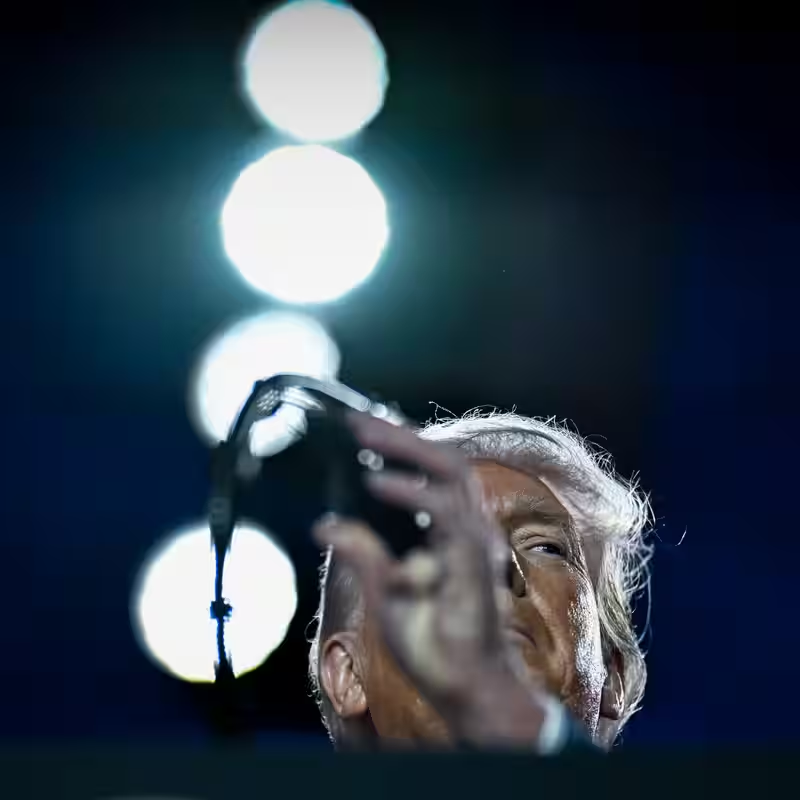The U.S. Supreme Court’s new term begins today—and at its center stands former President Donald J. Trump, whose sweeping executive actions are now facing their most serious legal reckoning yet. After years of emergency rulings and temporary wins, the justices are finally poised to deliver definitive answers on just how far a president’s power can stretch .
Why This Supreme Court Term Is Different
During his presidency, Trump repeatedly turned to the Supreme Court for emergency relief—asking the justices to greenlight controversial policies while legal challenges wound their way through lower courts. Time and again, the Court, often divided along ideological lines, responded with a tacit “go ahead—for now.”
Now, “later” has arrived. The 2025–2026 term isn’t just another docket—it’s a constitutional crossroads. As one frequent Supreme Court litigator put it: “It’s hard to imagine bigger tests of presidential power.”
Trump and the Supreme Court: Three Cases to Watch
1. Can a President Impose Tariffs Using an Emergency Law?
In November, the Court will hear a challenge to Trump’s use of the International Emergency Economic Powers Act (IEEPA)—a 1970s law designed for sanctions and embargoes—to justify sweeping tariffs on imports. Notably, IEEPA never mentions the word “tariff.” Critics argue this stretches emergency powers far beyond congressional intent. A ruling in Trump’s favor could grant future presidents unprecedented economic authority under the guise of national emergency.
2. Can the President Fire Independent Agency Heads at Will?
Set for December, this case questions whether Trump could legally remove a Democratic chair of the Federal Trade Commission (FTC) over policy disagreements. For nearly a century, a key precedent has protected leaders of independent agencies from partisan removal. Overturning it would fundamentally reshape the balance of power between the executive branch and regulatory bodies meant to operate free from political interference.
3. Can Trump Fire a Federal Reserve Governor Without Criminal Charges?
In a highly unusual move, Trump sought to fire Federal Reserve Governor Lisa Cook, accusing her of mortgage fraud—allegations that have never led to criminal charges. While the Fed is designed to be insulated from politics, the law allows removal “for cause.” But what counts as cause? The Court’s answer could determine whether the central bank remains a technocratic institution—or becomes a political football.
What’s at Stake Beyond the Courtroom
These aren’t just legal technicalities. They strike at the heart of American democracy: How much unchecked power should any one person hold? Can emergency statutes become permanent tools of governance? And can institutions like the Fed or FTC retain independence in an era of escalating executive ambition?
The outcomes could ripple far beyond Trump himself, setting binding precedents for every future president—Republican or Democrat.
Key Supreme Court Cases Involving Trump This Term
| Case Topic | Argument Date | Core Legal Question |
|---|---|---|
| Tariffs via IEEPA | November 2025 | Can emergency powers be used to impose tariffs? |
| FTC Leadership Removal | December 2025 | Can presidents fire independent agency heads over policy? |
| Federal Reserve Governor Dismissal | TBD (likely early 2026) | What constitutes “cause” for removing a Fed official? |
A Nation Watching Closely
With public trust in institutions eroding and political polarization at record highs, the Court’s decisions will be scrutinized not just by lawyers—but by millions of Americans wondering what kind of government they live under. As one legal scholar noted, “This term isn’t about Trump alone. It’s about the architecture of American power for the next century.”
Sources
The New York Times: President Trump and the Supreme Court
Supreme Court of the United States – Official Docket
Legal Information Institute: IEEPA Overview




